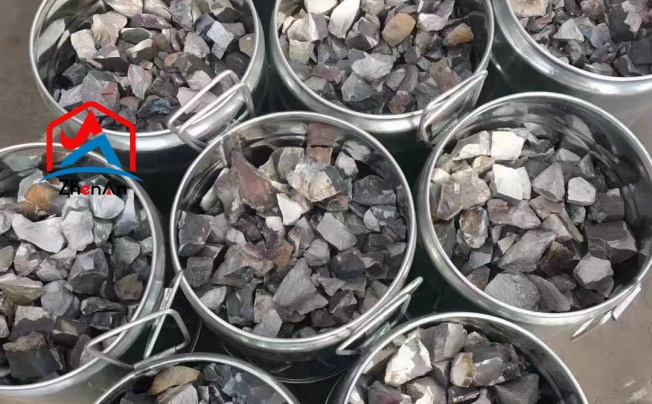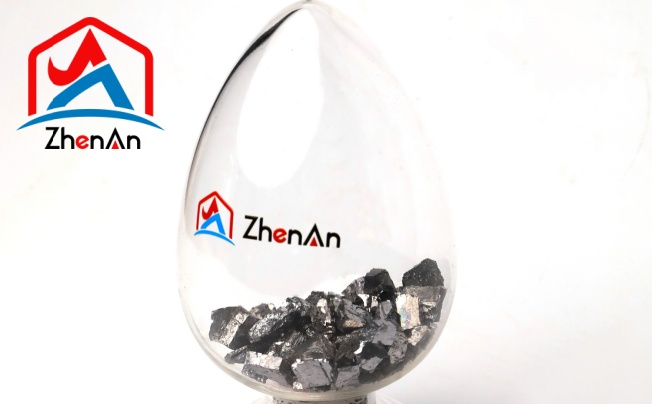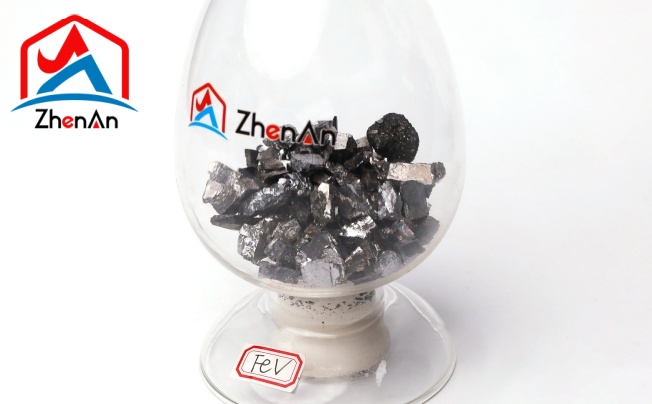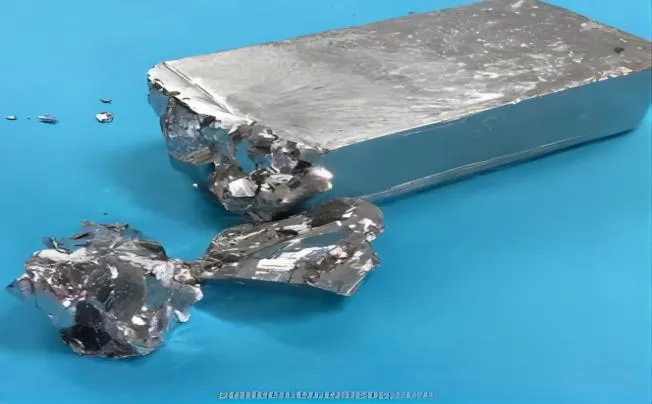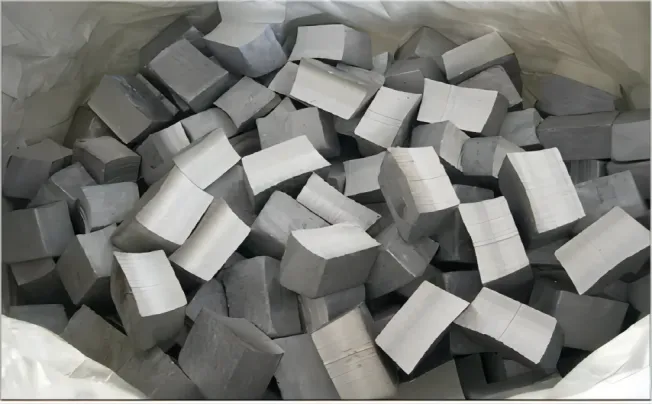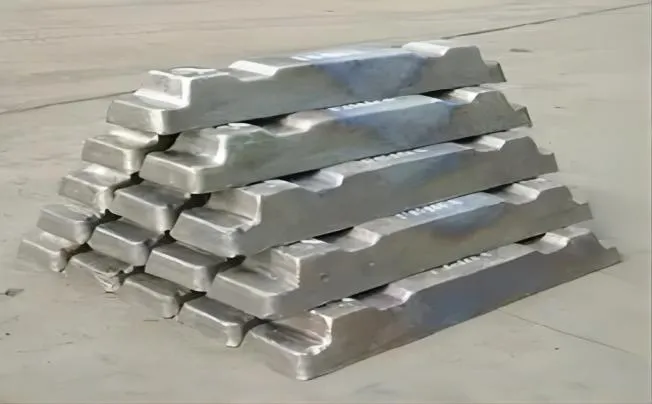What are Magnesium Ingots?
Magnesium is a light alkaline earth metal with a silver-white colour and active chemical characteristics. It has some ductility and heat-dissipating qualities, and it can react with acids to produce hydrogen. The most common form and standard model of magnesium metal is magnesium ingot (Mg Ingot 99.9).
It is one of the most prevalent elements in the crust of the earth and can be found in nature in a variety of forms, such as magnesite, dolomite, and carnallite. Another element that is vital to the human body is magnesium.
Superior qualities of magnesium include its great strength per weight, low specific gravity, and strong chemical stability. In aluminium alloys, silicon metal and magnesium ingot are often the primary constituents. Mg alloys are utilized in the production of engine parts, fuselages, and other accessories for aircraft.
What Are the Methods For Producing Magnesium Ingots?
Superior qualities of magnesium metal include its great strength per weight, low specific gravity, and strong chemical stability. Basically, electrolysis and smelting are the two primary processes used to produce magnesium ingots.
The most popular manufacturing technique is electrolysis. By electrolyzing magnesium salts, magnesium ingots are created. The smelting process involves putting coke and magnesium ore in an electric furnace in a specific ratio to be melted. Subsequently, the coke and magnesium ore combine to generate magnesium metal, which then precipitates to create magnesium ingots.
Applications of Magnesium Ingot
Because of its special qualities, magnesium ingots are used in a wide range of sectors.
- Aluminum-Magnesium Alloys: The main ingredient utilized to make aluminium-magnesium alloys is magnesium ingots. These alloys are renowned for their durability, lightweight, and ability to withstand corrosion. They are widely used in sectors like construction, aerospace, and automobiles.
- Magnesium-Based Master Alloys: By combining magnesium ingots with other metals, magnesium-based master alloys, often referred to as magnesium-based intermediate alloys, are created. The purpose of these alloys is to enhance the base metal’s physical and mechanical characteristics. They are frequently employed in the fabrication of electronic components, aeronautical materials, and aluminium alloys.
- Metallurgical Uses: Ingots of high-purity magnesium are employed in metallurgical uses. They can be employed in the reduction process of uranium, zirconium, and titanium manufacture. Speciality alloys, like those utilised in the aerospace sector, are also produced using magnesium ingots.
- Applications in Casting and Foundry: Magnesium ingots are employed in foundry and casting processes. They may be melted and poured into a variety of shapes to make parts for machines, automobiles, and aircraft, among other industries.
- Chemical Industry: A variety of chemicals and compounds are produced in the chemical industry using magnesium ingots. They can be utilized as raw materials to make compounds based on magnesium, like magnesium hydroxide, magnesium oxide, and magnesium chloride.
- Production of Magnesium Metal: Pure magnesium metal is also made using magnesium ingots. The magnesium from the ingots is used for additional processing and refining.
Benefits and drawbacks of the development of the electrolysis and silicon thermal reduction methods (Pidgeon methods)
Resource-rich dolomite is used as the raw material in the Pidgeon method’s relatively simple, low-investment, and flexible magnesium metal production process. The finished product has a high degree of purity, and the furnace body is small, simple to construct, and has low technical difficulty. The primary drawbacks are a labor-intensive and irregular production method, low heat utilization, a short reduction tank life, high furnace costs, and these issues.
Given the aforementioned issues, a number of technical changes have been made. Enhance the reduction tank’s construction, make use of new insulation materials, close off thermal short circuits, and raise the internal medium’s overall thermal conductivity; upgrade the furnace type by, for example, heating the reduction tank’s bottom evenly with coal-water slurry. Utilise innovative burners, such as regenerative burners, to recycle exhaust gas; integrate contemporary control technology; make use of automated loading and unloading apparatus; etc.
The benefits of electrolytic magnesium smelting over the Pidgeon process are reduced production costs, convenient large-scale industrial production, superior product consistency, continuous magnesium metal production, and energy savings. This industry uses a lot of energy. The electrolysis approach, however, also has the following drawbacks: The production process of anhydrous magnesium chloride is challenging to control; the dehydration of hydrochloric necessitates higher temperatures and an acidic atmosphere, which leads to significant energy consumption and equipment corrosion; wastewater from the electrolysis production process, waste gas, and waste residue are released into the environment, resulting in environmental pollution and expensive treatment expenses.




